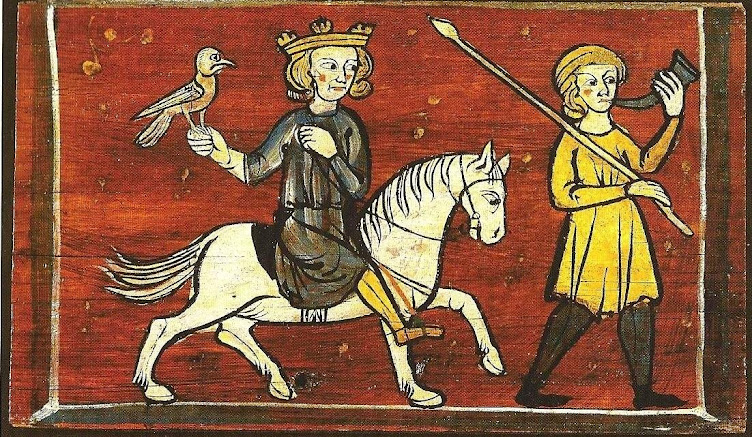Soon after starting this project, we had to decide which ruleset suited best our needs. We were planning a large skirmish game with around sixty miniatures per side, set among the ruins of a semi-abandoned city. Our main requisites were:
- rules not too crunchy and with almost no bookkeeping;
- single-based miniatures;
- no formations or rank and files;
- two hour playing time (more or less).
There are quite a few options available, but in the end we chose Lion Rampant by Daniel Mersey, published by Osprey. Online reviews and some playtesting games confirmed that it was the ruleset we were looking for and it had been created precisely for medieval warfare actions.
Deal, I'd say!
The Battle of Lodi Vecchio is built around the scenario Defending the indefensible. Half of the defenders of Lodi are deployed in front of a church in the centre of the battlefield, while the reinforcements try to join them and repel the attackers, who must seize control of building.
We opted for two 36 pts. warbands, quite bigger than the standard 24 pts. suggested by the rulebook, as our scenario is intended for four players, two per side. These are the lists for both the Milanese and the Lodi/imperial alliance:
We opted for two 36 pts. warbands, quite bigger than the standard 24 pts. suggested by the rulebook, as our scenario is intended for four players, two per side. These are the lists for both the Milanese and the Lodi/imperial alliance:
Attackers
Milanese right wing - 18 pts.
- mounted man-at-arms (6 pts.)
- mounted crossbowmen (4 pts.)
- foot serjeants (4 pts)
- archers (4 pts.)
- mounted man-at-arms (6 pts.)
- mounted man-at-arms (6 pts.)
- crossbowmen (4 pts.)
- bidowers (2 pts.)
Defenders
Lodi citizens - 17 pts.
- foot man-at-arms (6 pts.)
- foot yeomen (3 pts.)
- saracen archers (4 pts.)
- bidowers (2 pts.)
- bidowers (2 pts.)
- drilled mounted man-at-arms (7 pts.)
- saracen archers (4 pts.)
- foot serjeants (4 pts.)
- mounted serjeants (4 pts.)
And finally some photos:
| The Milanese left wing commanded by Gregorio da Montelongo |
| Lodi citizens |
The knights are all unpainted and there is still much work to do, but you can see what we are aiming at. The buildings in background are from Manorhouse Workshop, an Italian terrain manufacturer, and they will be the subject of a future blog post about the reconstruction of the city of Lodi Vecchio.


No comments:
Post a Comment